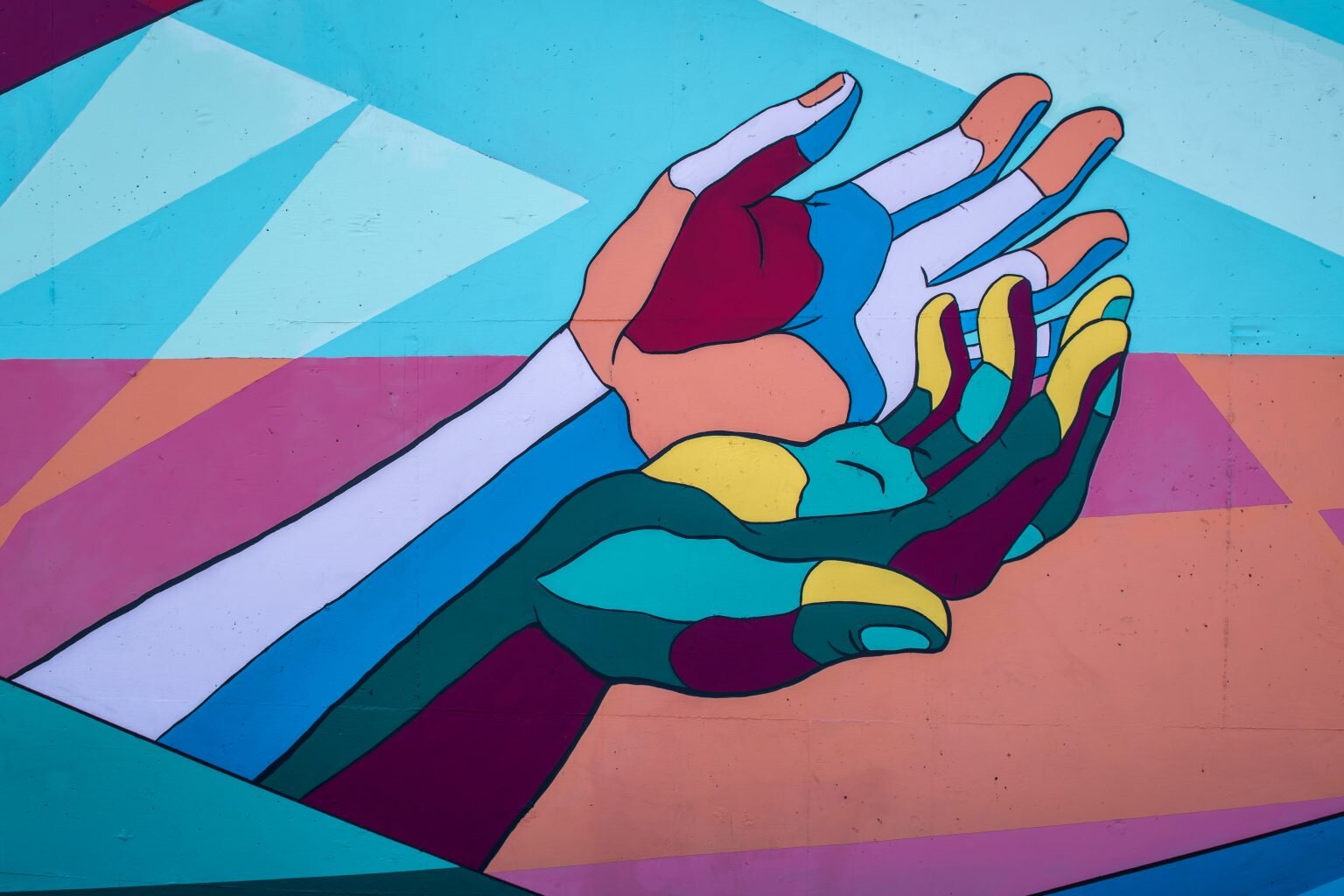Intersectionality: More than just a buzzword for girls and young women in transition
Millie Hall, AYJ Communications Assistant, reflects on the importance of collaboration in supporting the intersecting needs of girls and young women as they transition to adult services.
“Girls and young women are in a particularly unique position in the criminal justice system. As a minority due to both their age and gender, they are consistently overlooked in a system predominantly designed for men and understanding around the needs and requirements of girls and young women is frequently neglected in research, policy and practice. The Young Women’s Justice Project, a partnership between the Alliance for Youth Justice (AYJ) and Agenda, aims to shine a light on the experiences of girls and young women aged 17–25 in contact with the criminal justice system and to bring about lasting change to policy and practice.
One of the focal goals for the project is to explore the theme of transitions of girls as they turn 18 and move into adult services. In July 2020 we invited a diverse range of professionals to attend an expert seminar, to input their reflections and ideas, and hear from some exceptional guest speakers. We were eager to consolidate a diverse range of perspectives and work together to develop recommendations for what needs to change. We were joined by colleagues from the youth, women’s and criminal justice sectors, as well as researchers and academics. We covered areas including the transition from Youth Offending Services to Probation, transitional safeguarding, and particular issues facing young women with care experience and those from minority ethnic backgrounds. Participants also discussed the detrimental language used for girls and young women, and the right to place need before age.
A Golden Thread
One golden thread that ran through the seminar was the concept of intersectionality and the need to recognise this in every transition. The concept of intersectionality, first coined by Black feminist scholar and civil rights advocate, Kimberlé Crenshaw, stresses the importance of understanding how the convergence of multiple identities, such as race, gender identity, and socioeconomic status, can result in unique experiences and disadvantages. Intersectionality recognises the multifaceted individual and understands that this can result in discrimination and injustice striking at multiple levels.
Disregarding Intersectionality
Despite the power of intersectionality to allow for a multi-directional analysis of the trajectories of girls and young women through the criminal justice system and transitions from youth to adult services, this prism of understanding is not consistently applied. The disregard for intersectionality is demonstrated by the language and stigma still attached to many girls and young women. For example, the term ‘hard to reach’, as highlighted in the seminar by Dr Claire Fitzpatrick regarding care-experienced girls, is often used for girls and young women with compounding needs. However, it is entirely unjust to present one-size-fits-all systems to girls and young women in need and to then negatively label them when they, unsurprisingly, fail to respond effectively. So, how do we truly condition systems to recognise and effectively respond to intersectionality? How do we move away from intersectionality being nothing more than a buzzword and begin to actually put in place the actions that the concept requires?
Integration and Collaboration
What accompanied the discussions around intersectionality was a call for more holistic approaches to responding to the needs of girls and young women. However, these needs are often so complex and interconnected that they would be almost impossible to be effectively resolved by one service or organisation alone. This was demonstrated by the simple fact that our seminar, which had criminal justice at its heart, required such a broad range of organisations to be able to hold meaningful conversations. As said in the seminar by the Director of Research in Practice, Dez Holmes:
“The interconnectedness of these harms and adversities demand a highly integrated system.”
Implementing intersectional understanding will require organisations to hold the willingness to look critically at their expertise and recognise where they are, and importantly where they are not, well-placed to provide support. It requires recognising when multiple streams of support are needed in order to wholly respond to the intersecting needs of girls and young women and seeking out partners with appropriate and complementary expertise. As stressed in the seminar by Milk & Honey founder Ebinehita Iyere:
“The experience of Black girls should not be an add on for a funding bid, it should be done with and for Black girls. So, if you don’t understand them, don’t do it.”
Effective collaboration is key to deliver intersectional, tailored support, where organisations wrap around girls and young women and focus on supporting and championing their needs.
Intersectional Methodology
In the seminar, there were also concerns about the lack of data relating to girls and young women in contact with the criminal justice system and the further systems explored. This is a shameful gap in research, however, it also presents a strong opportunity to effectively approach the exploration of transitioning girls and young women with meaningful intersectional methodology. The human experience cannot be understood in its totality by prioritising or focusing on one sole factor. An example of intersectional methodology is the intersectionality-based policy analysis (IBPA) as demonstrated by Aviah Sarah Day and Aisha Gill in their report exploring intersectionality and domestic violence. They explained that IBPA uses a series of ‘generic, adaptable questions that explore processes, relationships and interactions in broad, open-ended ways that are not tied to any specific social, legal or cultural context.’ This allows for ‘rich data’, unrestricted by essentialist thoughts of identity, and which will better lead to equitable policy responses and recommendations.
Expanding the Conversation
For the most part, the importance of intersectionality as a concept has been widely acknowledged by many organisations and services. However, it appears that there is still a long way to go before this recognition translates into a comprehensive understanding and responsivity. The fruitful discussions that began in this seminar proved how worthwhile it is to open up the conversation to organisations from a diverse range of perspectives, combining expertise to further our collective goal of improving policy and practice, to support girls and young women towards a positive future. We are working to produce a briefing on transitions later in the year, so look out for updates in due course.”
Please feel free to contact us at info@ayj.org.uk regarding girls in transition, or Maggie at maggie@weareagenda.org if you have any broader questions about the project.



